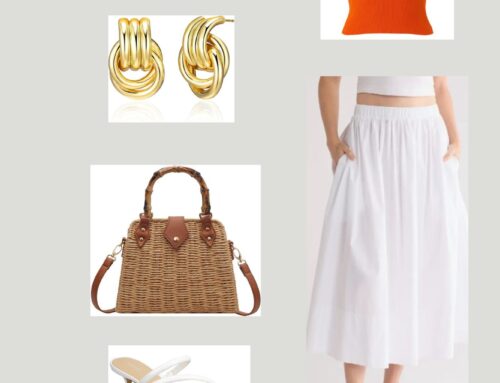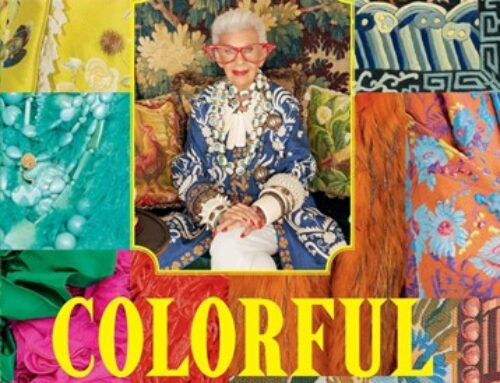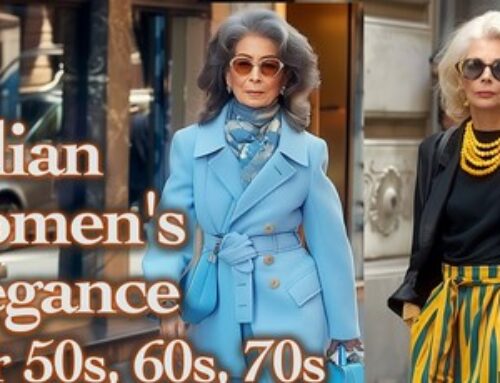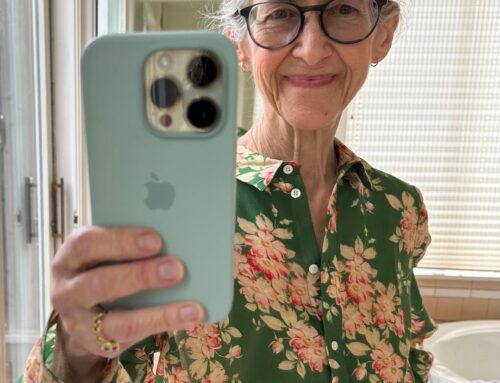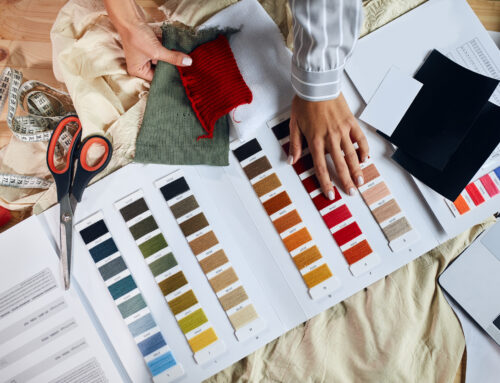
A few years ago, in a book review about good taste, Jeffrey Felner – the witty and often acerbic arbiter of fashion – suggested that, yes, you can learn tricks to develop your personal style, but taste isn’t something you can learn; you’re either born with it or you’re not.
That certainly puts a lot of us out of the running. And, frankly, I take exception. Dig into the DNA of the most refined and elegantly turned out among us and you’ll discover the grunters and grovelers not that far down the family tree.
So the question arises: how did we Neanderthals evolve into taste makers?
And more to the point, what is taste?

Photo by Chase Lewis

Library of Congress image
It’s almost as hard to define taste as it is to define jazz, and actually they have something in common. People with good taste have imbibed – either through cultural osmosis or actual study – the fundamentals of good design and color harmony in art. Then they improvise on those fundamentals in a way that uniquely expresses who they are.
So, in that that sense, Mr. Felner is right. You can teach principles of design but they have to be translated by a savvy individual.
In the non-fashion sense, good taste is synonymous with good behavior and modesty, two things that often spill over into one’s attire. There’s also unpretentious thoughtfulness in those we consider to have good taste.

Photo by Candice Picard
Also, people with good taste radiate an aura of calm. You won’t find them rushing around like bunnies in heat. [When asked the secret to his longevity, Mel Brooks’ Thousand-Year-Old Man explains, “I never ran for a bus.”] It’s also a quality you’ll see in many chic French women: they appear as though they have all the time in the world.
Taste vs. Trend


Photo by the AW Creative Digital Marketing
In the fashion sense, someone with good taste will give a nod to the changing times, but their attire is rarely uber trendy. That means they’ll wear a few high quality and currently fashionable items (and often with a somewhat classical cut) repeatedly rather than a carousel of cheaper ones that get recycled after one season.
And, yes, the individual items they wear often are a little pricier. So, it’s been suggested that good taste is the natural result of a bump up in status and income. If that were so, every celebrity would be a shining example of taste.
Besides, dressing tastefully has a different meaning among the echelons of old money where the desire to not stand out has been inbred over generations (most likely so as to not upset the hungry masses.) But they also understand that one’s attire should not be so subtle that one would simply disappear into the velvet curtains. That would smack of false pride, which goeth against good taste.
Let it be or make it so?

Photo by Taylor Simpson

Photo by Oladimeji-odunsi
Still, cracking the code of good taste isn’t too difficult. It leaves clues. For one thing: forethought. A tasteful outfit may appear casual, simple and effortless but it’s never sloppy. And it’s never wrinkled – unless you’re wearing linen, in which case you get a pass, since wrinkles are part of the linen pedigree. And speaking of fabric, natural fibers are considered more tasteful. (Polyester doesn’t scream “taste.”)
An absolute requirement for an outfit to be considered tasteful is good fit. Too big, too loose, too tight, too short, too long, too-too – all of these run counter to tastefulness. That means: get a good tailor. It’s nearly impossible to find something off the rack that meets the fit requirement of the truly tasteful dresser.

Photo by Junko Nakase
Also, good taste shares something with good style in that it implies visual harmony. The colors of the garments – and the coloring of the wearer – harmonize with each other in “temperature” (warmth or coolness of tone) and value (range of light and/or darkness in the colors.) And then, there are the nitty gritty details. Patterns and prints, their scale, the size of a fabric’s weave and the textures of the fabrics flatter the person wearing them. And, the proportions of the pieces themselves make sense in terms of their size and their cut.
“I don’t mind bad taste. A little bad taste is like paprika. It’s no taste that I abhor.” – Diana Vreeland
 But let’s not get too hung up on the details here. Instead of making yourself crazy trying to get it all “just right” you can, with some of the guidelines above, simply make it a lot better. Besides, sometimes good style trumps good taste.
But let’s not get too hung up on the details here. Instead of making yourself crazy trying to get it all “just right” you can, with some of the guidelines above, simply make it a lot better. Besides, sometimes good style trumps good taste.
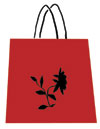 As with Mrs. Vreeland, a real tastemaker can be someone who appreciates what makes her unique, including her so-called figure “faults,” unusual features or atypical proportions. She is supremely comfortable in her own skin and it shows in how she carries herself. In that way, she creates her own version of taste, and by repeating that she establishes a personal signature, which is, after all, the goal…and a pretty noble one at that.
As with Mrs. Vreeland, a real tastemaker can be someone who appreciates what makes her unique, including her so-called figure “faults,” unusual features or atypical proportions. She is supremely comfortable in her own skin and it shows in how she carries herself. In that way, she creates her own version of taste, and by repeating that she establishes a personal signature, which is, after all, the goal…and a pretty noble one at that.
[This is my edit of an article that I wrote for Sixty and Me a few years ago that they recently republished. It’s a wonderful site.]
And by the way, I have some VERY exciting news coming up soon! Stay tuned….
[Amazon links earn me a small commission as an Amazon Associate. All photos courtesy of Unsplash.com]







